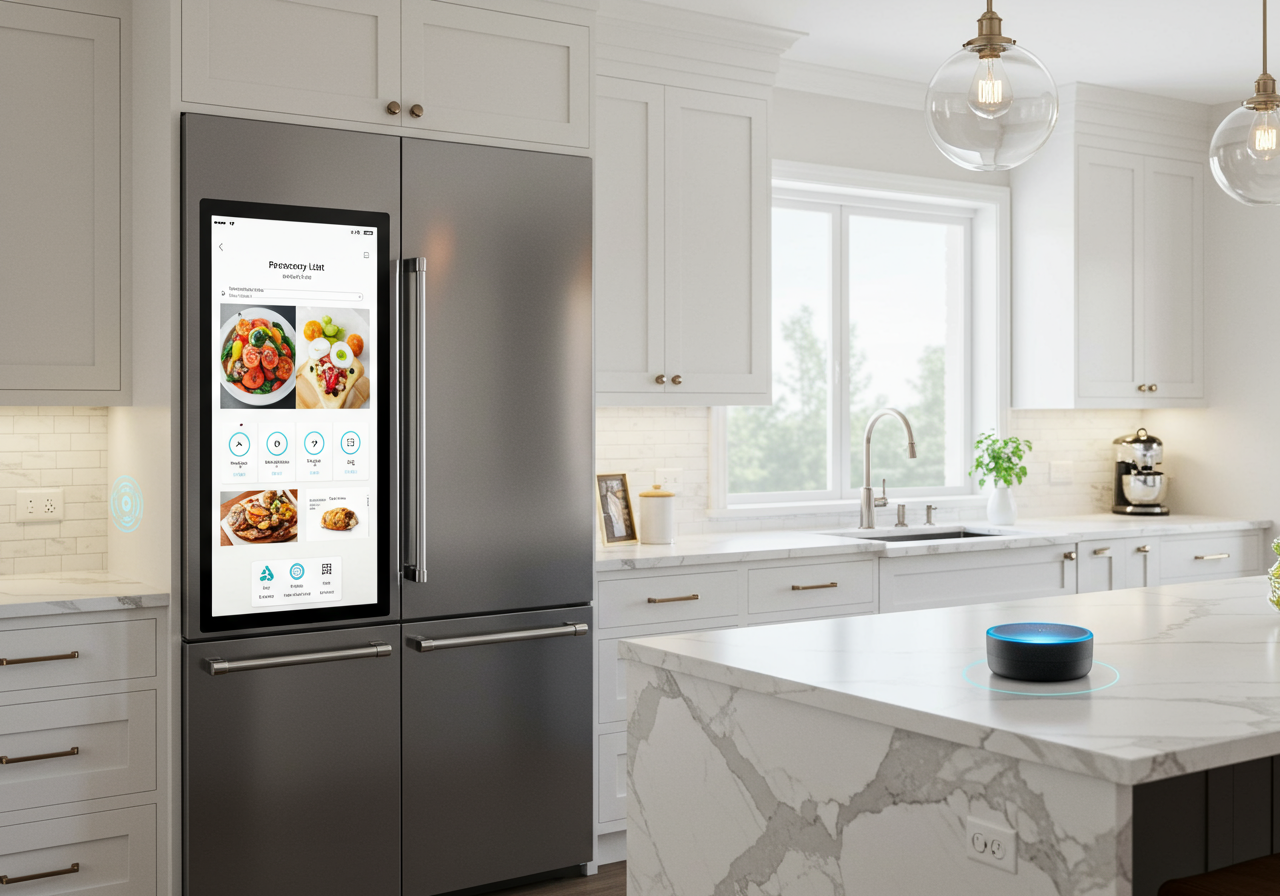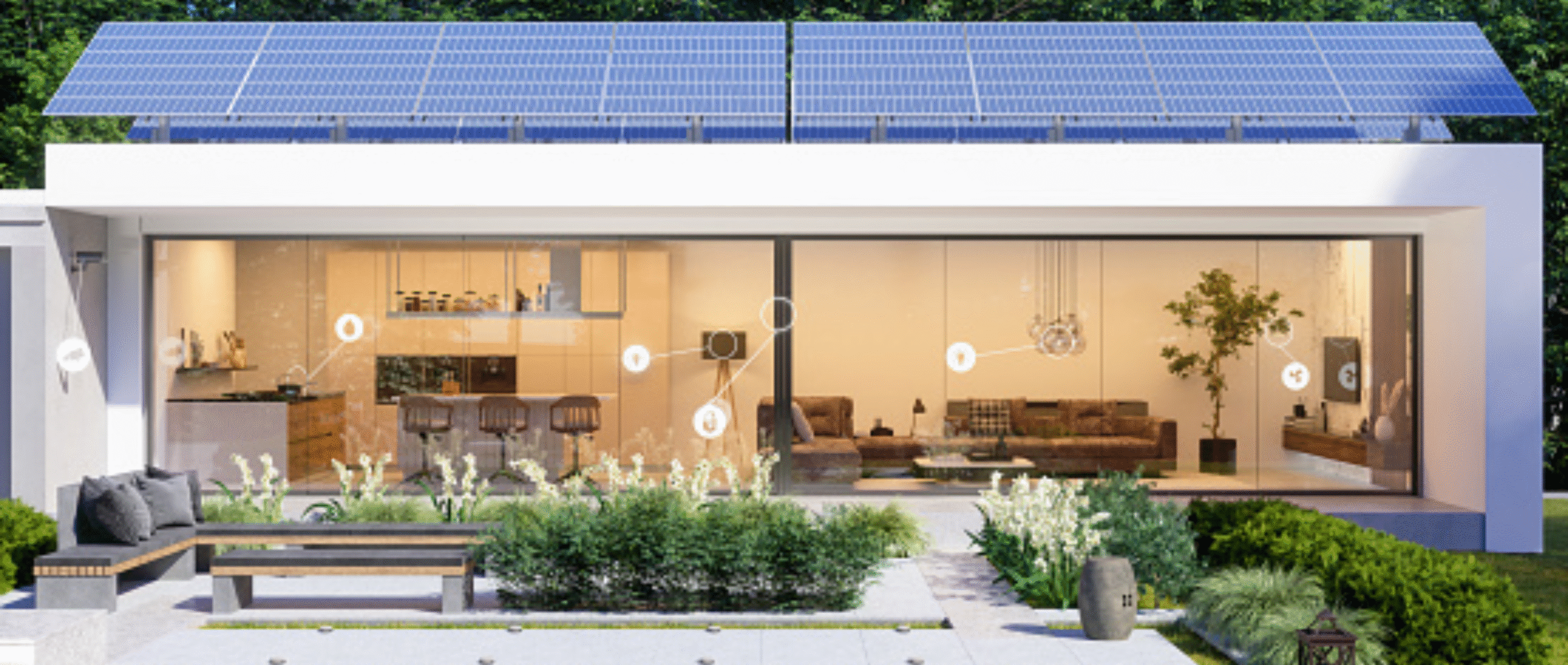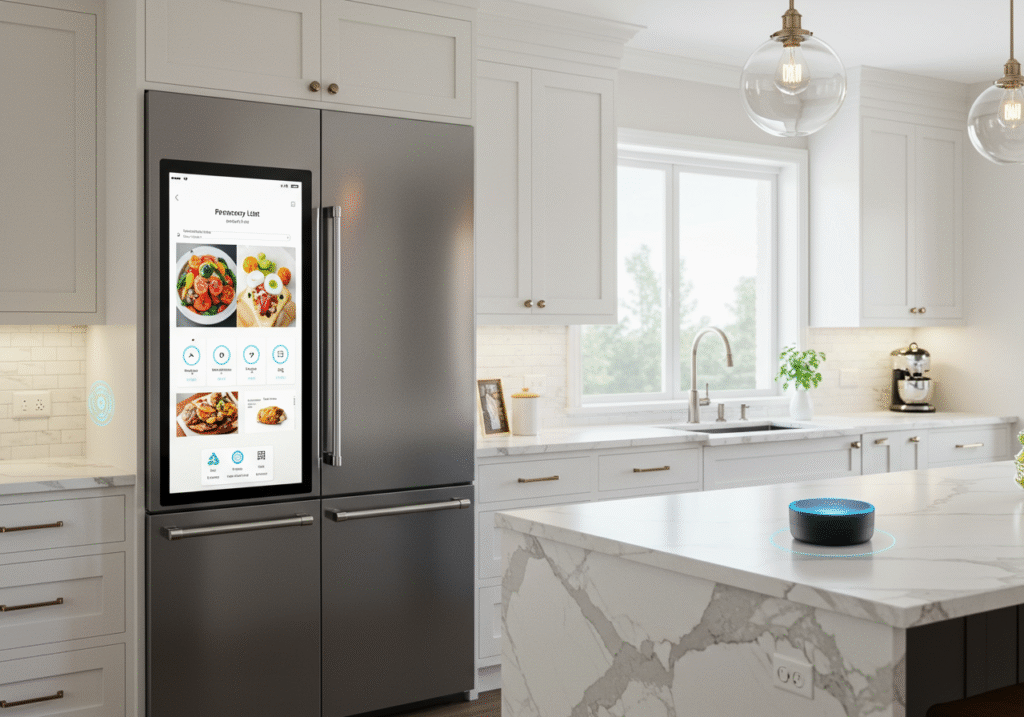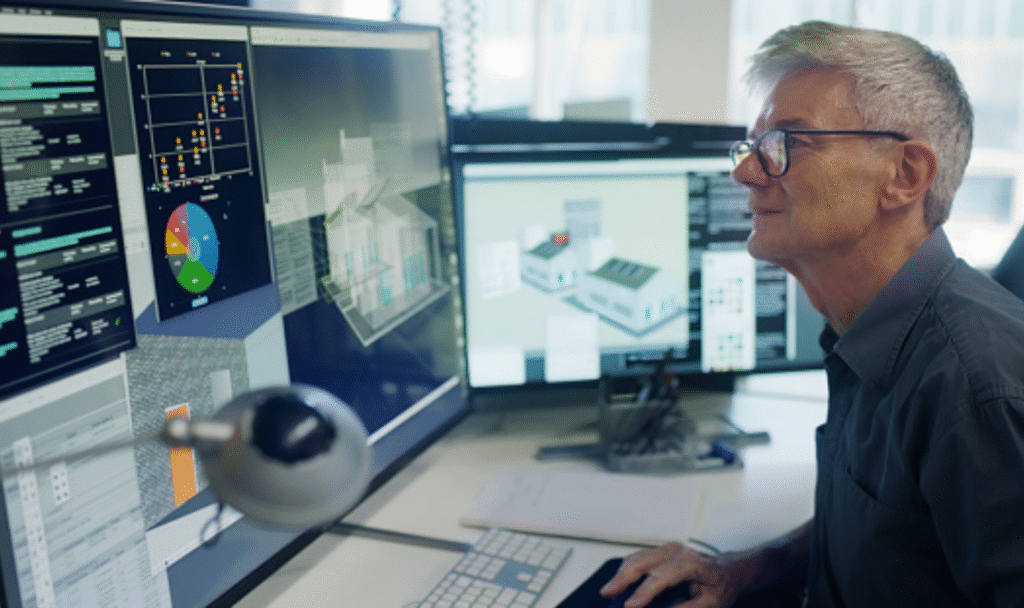
The real estate landscape of 2025 is being profoundly reshaped by two converging forces: the seamless integration of smart technology into our living spaces and the non-negotiable demand for sustainable, resilient design. For developers, architects, and investors looking ahead, these are no longer niche trends or optional extras; they are fundamental drivers of value, influencing everything from buyer preferences to capital allocation. Yet, the very nature of these advancements – often invisible infrastructure or complex interconnected systems – presents a significant communication challenge. How do you effectively convey the lifestyle benefits of an intuitive smart home or the long-term financial and environmental payoff of sustainable construction when prospects can’t physically touch or see them in an unbuilt project?
The answer lies in the power of sophisticated visualization. As we navigate a market demanding both innovation and responsibility, high-fidelity architectural visualization emerges as the indispensable bridge, translating complex features into compelling, tangible value propositions that resonate with discerning buyers and strategic investors alike. Simply put, seeing truly becomes believing, and in 2025, visualizing the future is key to unlocking its value.
Today’s premium buyer, particularly the influential Millennial and Gen Z cohorts entering their prime home-buying and renting years, approaches property decisions with a new set of priorities. The pandemic accelerated a desire for homes that are not just shelters, but sanctuaries – adaptable, efficient, healthy, and seamlessly connected. This translates into concrete demands that developers must address.
Firstly, smart home technology integration is rapidly shifting from a luxury perk to an expected standard. Buyers crave the convenience of automated lighting and climate control, the peace of mind offered by integrated security systems, and the efficiency of smart energy management. They envision homes that anticipate their needs, simplify daily routines, and offer a user experience that feels intuitive and effortless. Communicating the sophistication and reliability of these systems before they are installed is crucial. Basic descriptions fall short; buyers want to see how easily they can control their environment, monitor security, or track energy usage through clean, user-friendly interfaces depicted within realistic virtual settings.

Secondly, sustainability is no longer a buzzword but a core tenet influencing purchase decisions. Driven by heightened environmental awareness, concerns about rising energy costs, and a desire for healthier living environments, premium buyer expectations now firmly include eco-conscious features. This extends beyond recycled materials; buyers are looking for tangible benefits like lower utility bills through high-performance insulation and energy-efficient appliances, enhanced well-being through non-toxic materials and better air quality, and long-term resilience afforded by features like solar power or water-saving fixtures. Developers leading in sustainable real estate development recognize that clearly showcasing these elements – not just listing them – is key to capturing this growing market segment.

The shift towards smart and sustainable design isn’t just driven by end-users; it’s increasingly mandated by the capital markets.
, from large institutions to family offices, are applying a more sophisticated lens to real estate opportunities, looking beyond simple yield calculations.
Environmental, Social, and Governance (ESG) criteria are now integral to the investor due diligence process for many. Investments in sustainable real estate development are viewed favorably not only for their positive environmental impact but also for their potential to deliver superior long-term financial performance. Sustainable buildings often command higher rents and resale values, exhibit lower operating costs (energy, water, maintenance), face less regulatory risk, and are less susceptible to obsolescence or the physical risks associated with climate change. Visualizing LEED certifications, green roofs, or advanced water management systems helps investors tangibly grasp these benefits and the project’s commitment to future-proof design.

Furthermore, savvy investors recognize that properties integrating robust smart home technology integration are better positioned for the future. These features enhance marketability, attract quality tenants willing to pay a premium, and potentially allow for more efficient property management through remote monitoring and diagnostics. Demonstrating a forward-thinking approach to technology helps bolster investor confidence real estate projects will maintain their competitive edge and appeal over the long term. They aren’t just investing in bricks and mortar; they’re investing in a property designed for tomorrow’s occupants.
The core challenge lies in effectively communicating the value of features that are often hidden within walls, embedded in software, or manifest as long-term benefits rather than immediate visual aesthetics. A blueprint can’t convey the feeling of security from a smart lock system, nor can a simple spec sheet capture the ambient comfort of a highly insulated, energy-efficient home.
This is where traditional marketing materials often fail. Floor plans don’t show connectivity. Swatches of green materials don’t illustrate reduced carbon footprints. Lists of smart features don’t demonstrate ease of use. To truly resonate with buyers and investors, developers need to move beyond abstract descriptions and provide experiences that allow stakeholders to grasp the lived reality and future potential of these advanced designs.
This is precisely where the strategic architectural visualization value becomes transformative. High-quality, photorealistic renderings, cinematic animations, interactive virtual tours, and even augmented reality experiences serve as powerful communication tools, making the intangible tangible:


Hypothetical Scenario: Imagine a developer launching a luxury mixed-use project aiming for LEED Platinum certification and fully integrated smart home systems. Their visualization package could include:
* Renderings highlighting the seamless integration of smart controls into high-end interior designs.
* An animation following a resident through their day, showcasing the convenience of the smart features – from pre-heating the oven remotely to automated security settings.
* A virtual tour allowing potential buyers and investors to explore the property, with clickable points explaining the sustainable materials used, the projected energy savings, and the functionality of the building’s smart systems.
* Visually compelling infographics integrated into marketing materials clearly outlining the ESG benefits and long-term ROI associated with the sustainable design features.

This comprehensive visual approach doesn’t just present the project; it tells a compelling story about future living, efficiency, and responsibility, directly addressing the core motivations of target audiences.
Investing in premium visualization to showcase smart and sustainable features is not merely a marketing expense; it’s a strategic investment with measurable returns. The clarity, engagement, and emotional connection fostered by high-impact visuals directly contribute to:
The architectural visualization value lies in its unique ability to translate future-forward concepts into present-day understanding and desire.
In the dynamic real estate market of 2025, success hinges on anticipating and meeting the evolving demands for smarter, more sustainable living environments. Integrating these features is the first step; effectively communicating their profound value is the second, and arguably more critical, leap. High-fidelity architectural visualization provides the essential toolkit to bridge this gap.
By leveraging the power of photorealistic renderings, immersive tours, and compelling animations, developers can move beyond abstract concepts and allow buyers and investors to truly see and feel the benefits of advanced technology and responsible design. It’s about showcasing not just walls and windows, but the intelligent, efficient, and desirable lifestyles within. In a world where premium buyer expectations are high and investor confidence real estate decisions are meticulously weighed, investing in the strategic visualization of tomorrow’s value is paramount to securing success today.
We craft stunning renderings and animations that bring unbuilt properties to life. Our work is all about capturing that magical “wow” moment. The kind that makes you see the future and feel inspired by what’s to come.